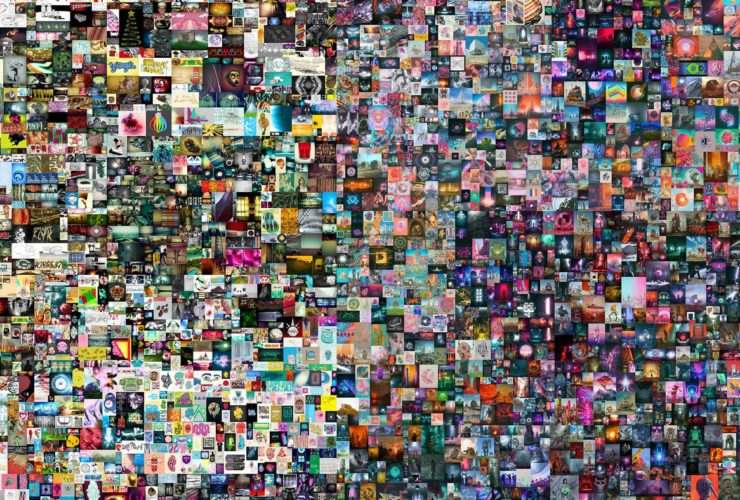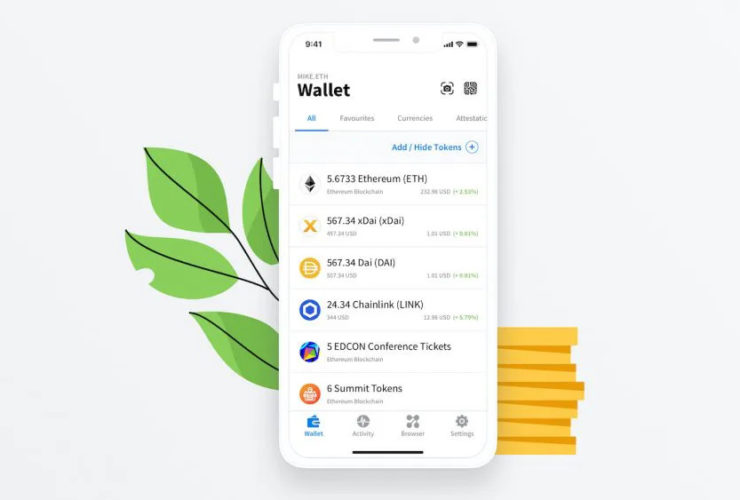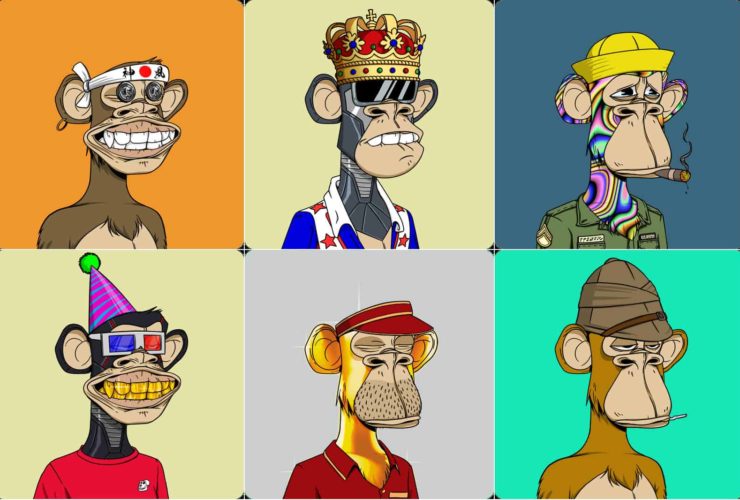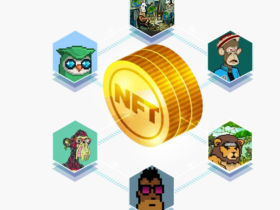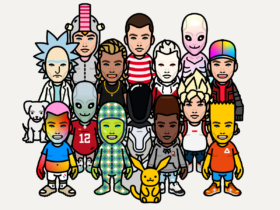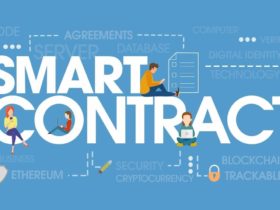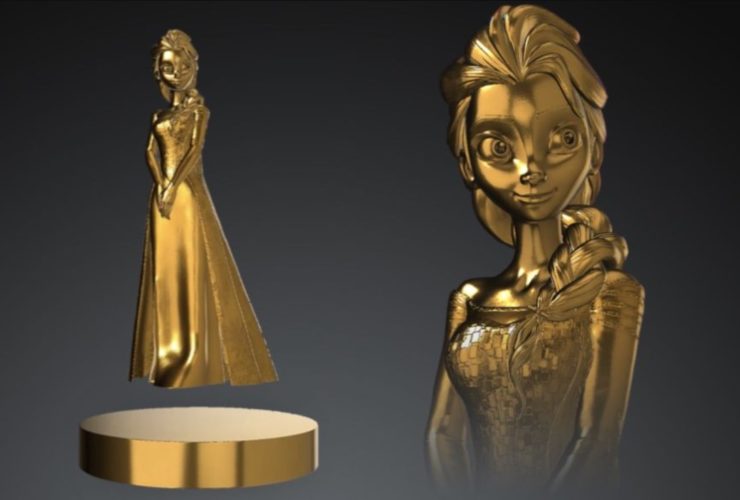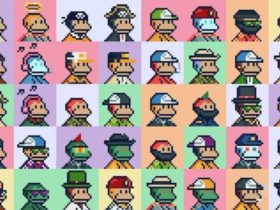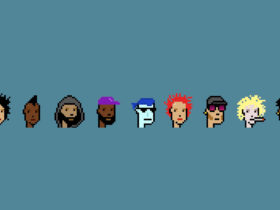Archives
- February 2024
- November 2023
- September 2023
- August 2023
- April 2023
- March 2023
- February 2023
- January 2023
- December 2022
- November 2022
- October 2022
- September 2022
- August 2022
- July 2022
- June 2022
- May 2022
- April 2022
- March 2022
- February 2022
- January 2022
- December 2021
- November 2021
- October 2021
- September 2021
- August 2021
- July 2021
- June 2021
- May 2021
- April 2021
- March 2021
- February 2021
- January 2021
- December 2020
- October 2020
- September 2020
- August 2020
- July 2020
- June 2020
- May 2020
- April 2020
Categories
- Applications
- Art Technology
- Artificial Intelligence
- Augmented Reality
- Blockchain
- Business
- Business Technology
- Computers
- Cryptocurrency
- Digital Arts
- Gadgets
- Gaming Technology
- Guides
- Health
- Information Technology
- Laptops
- Marketing
- NFT
- Phones
- Quantum Computing
- Security
- Social Media
- Software
- Technology
- Uncategorized
- Virtual Reality
- Web Development

